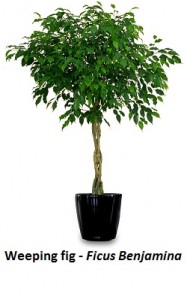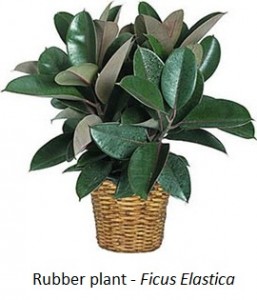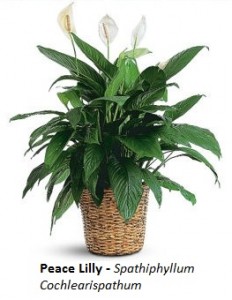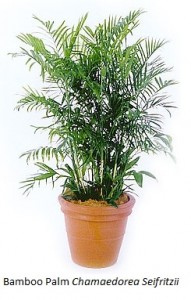 Air Pollutants and toxins are an increasing danger in the house that can lead of a number of health issues of notable severity. This is why we utilize air filters, ceiling fans, AC units, opening of windows and other methods to combat the presence of these harmful substances.
Air Pollutants and toxins are an increasing danger in the house that can lead of a number of health issues of notable severity. This is why we utilize air filters, ceiling fans, AC units, opening of windows and other methods to combat the presence of these harmful substances.
Whilst often thought of as aesthetic features, the inclusion of Houseplants acts as a natural filter to counteract the effects of the complex chemicals in the house as well as stabalise the balance of internal humidity.
Recent NASA research on the contaminant absorbing qualities of indoor plants has found that they are so effective at air filtration that some will be included aboard in future launched space missions. The studies focused on the effects of common chemicals found in the house including; ’Formaldehyde’ which is found in everything from particle board or pressed wood products, paper products, shopping Bags, floor coverings, carpet backings and permanent-press clothes. ’Benzene’ which is used in the manufacturing of detergents, explosives, pharmaceuticals, and dyes, and further found in gasoline, inks, oils, paints, plastics, and rubber. Trichloroethylene (TCE) used in printing inks, paints, lacquers, varnishes, and adhesives. Finally, Carbon Monoxide which needs little introduction as it was the original gas chosen for the gas chamber. Each of these chemicals has been found to be the cause of everything from headaches to Cancer.

When Choosing plants for the house It is important to select a suitable position not only cater to the plant’s photosynthetic needs, but also as to where it will be in the best position to filter drafts and moving air. It is recommended that a plant be allocated to each 90 sqft of each common room in the house to adequately contribute toward good air quality.
The following plant species are recommended to be kept as indoor plants due their all round ability to absorb toxins and easy of keeping/durability.
- English Ivy - Hedera Helix
- Janet Craig - Dracaena “Janet Craig”
- Weeping fig - Ficus Benjamina
- Marginata - Dracaena Marginata
- Rubber plant - Ficus Elastica
- Bamboo Palm- Chamaedorea Seifritzii
- Mother-in-Law’s Tongue Sansevieria Laurentii

- Pot Mum – Chrysantheium Morifolium
- Peace Lilly - Spathiphyllum Cochlearispathum
